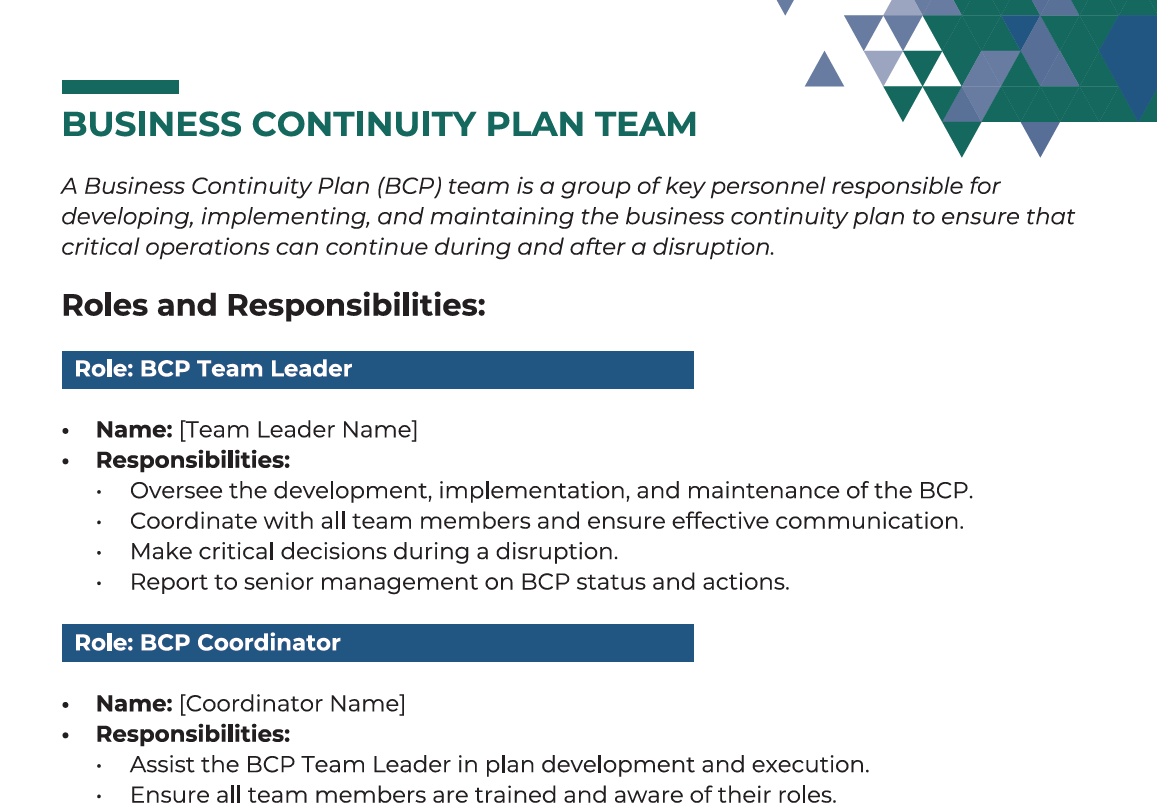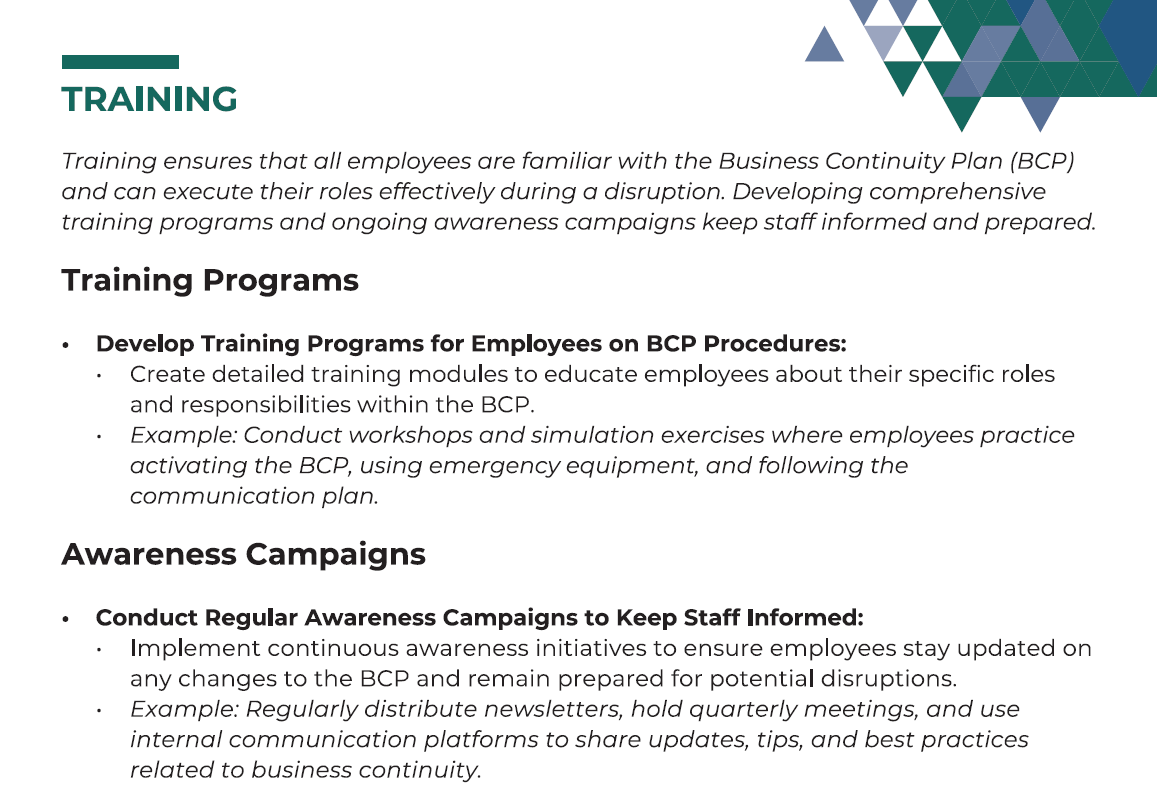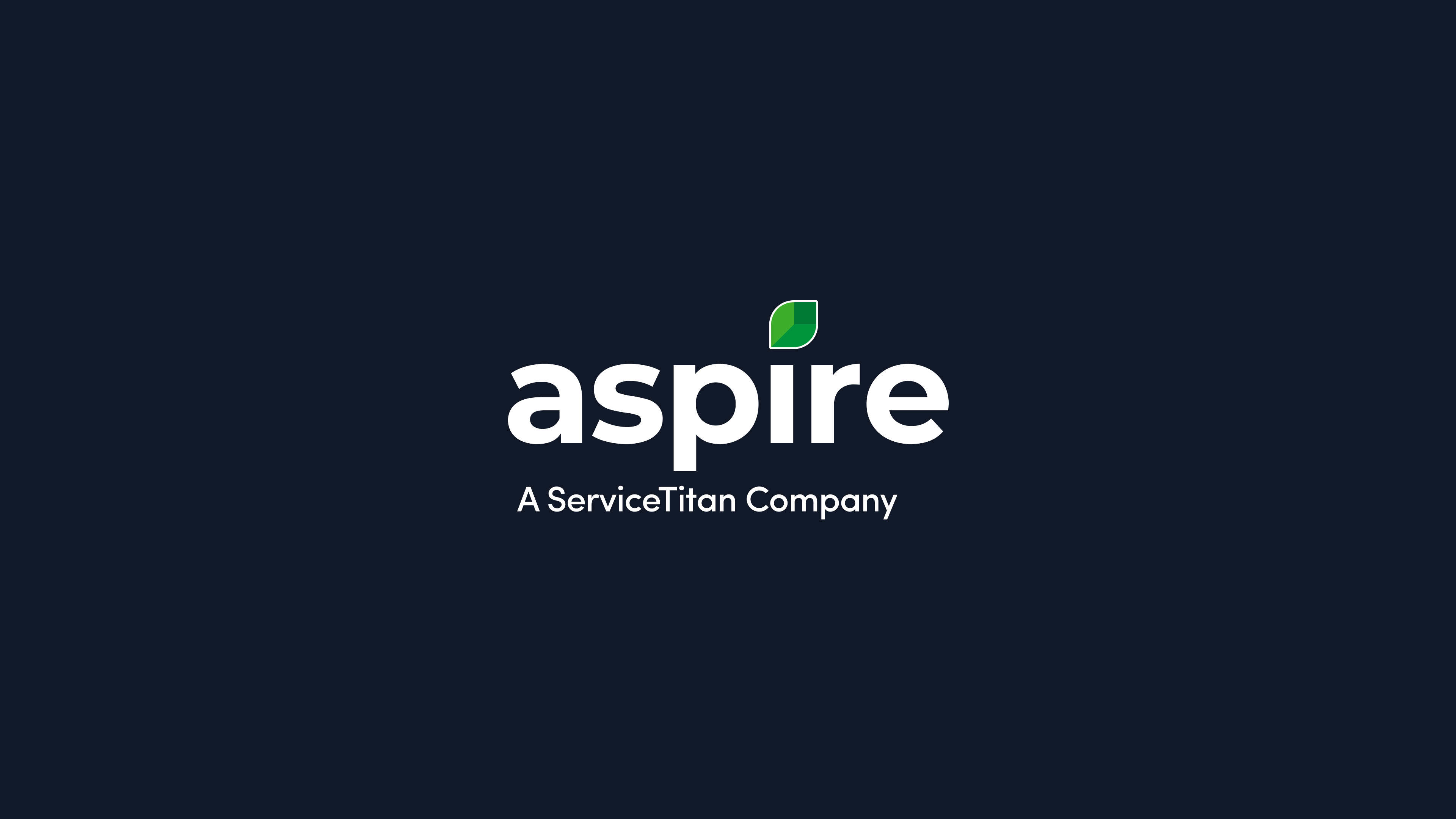What if your cleaning business was hit by a power outage or a staff member fell ill? Without a business continuity plan, these disruptions could put your business at a standstill and lose clients.
According to FEMA, 40% of businesses never reopen after a disaster and 25% fail within a year. Common disruptions like equipment failure, natural disasters or staff shortages can cripple your business.
Having a business continuity plan (BCP) is key to securing your business’s future.
Download our free Cleaning Business Continuity Plan Template now and safeguard your business from unexpected disruptions.

What Is a Cleaning Business Continuity Plan?
Business continuity plans (BCPs) are strategic documents that outline procedures and instructions businesses must follow during unexpected disruptions like natural disasters, staff shortages or equipment failure. It involves identifying the impact of these disruptions on key business activities and developing recovery strategies to reduce downtime. A good BCP means your cleaning business can still serve clients even when things get tough.
For your BCP to be effective, you must document and test it. Cleaning business owners who have a BCP protect their business and can respond quickly and efficiently to any emergency.
A good BCP protects your business and lets your clients know they can rely on you no matter what.
Why Does Your Cleaning Business Need a Continuity Plan?
A business continuity plan (BCP) is essential for cleaning businesses to prepare for unexpected disruptions that could impact business operations. Effective crisis management is a key component of a BCP, ensuring that your business can handle potential threats and maintain operations during emergencies.
Whether it’s a power outage, natural disaster, or staff illness, these events can severely affect your ability to deliver essential services.
Here’s why a BCP is important:
Protect Income and Reputation: A BCP keeps your revenue streams going by ensuring critical business functions continue during emergencies. It also minimizes the risk of damaging client relationships as you can still meet their cleaning needs during disruptions.
Get Ahead of the Competition: Many cleaning businesses don’t plan for outages or disruptions. Having a documented BCP gives your cleaning business a competitive edge, showing you’re prepared and reliable to potential clients.
Reduce Stress: Knowing you have a clear and actionable plan gives you peace of mind. A BCP outlines what to do during an emergency, reducing the uncertainty and stress of unexpected events.
Continuity of Operations: A BCP outlines strategies to keep critical business functions and services running. These could include identifying alternative service providers or preparing for staff absenteeism so your business can continue operating despite challenges.
Employee Well-being: Protecting your staff’s health and safety is top priority. A BCP includes emergency planning and preparedness measures for potential risks like natural disasters or public health emergencies so your team is safe and informed.
Effective Communication: Clear communication is key during a disruption. A BCP includes a communication plan to inform employees, clients and stakeholders. This can be sharing emergency contact details or updates through mobile phones and other channels.
Risk Management: A good BCP involves a risk assessment to identify potential threats to your business. It also includes risk mitigation strategies to reduce the impact of those threats, like having off-site backups for IT systems or preparing for supply chain disruptions.
Build Trust with Stakeholders: Clients, employees and other stakeholders will trust a business that’s prepared for the unexpected. A BCP shows you’re committed to business as usual even when things get tough, so you’ll be seen as a reliable service provider.
By having a business continuity plan, your cleaning business can withstand disruptions and operate effectively.
This not only protects your income and reputation but also gives you a roadmap for managing emergencies and ultimately ensuring the long-term success of your business.
Key Elements of a Cleaning Business Continuity Plan
Business continuity planning is critical to ensuring cleaning businesses can operate resiliently during unexpected disruptions. Aligning the business continuity plan with current business processes ensures operational efficiency and plugs the gaps in planning. For a good plan to work, several key components should be included to protect business functions and ensure fast recovery.
1. BCP Team
The Business Continuity Management Team (BCMT) is responsible for developing, implementing and maintaining the continuity plan. This team typically includes key staff members like the owner, manager and other critical personnel. Each team member has a specific role from coordinating communication to managing recovery. Having a dedicated team is critical for quick decision-making and minimizing disruptions.
Develops and implements the BCP.
Includes owner, manager and critical staff.
Coordinates communication and manages recovery.
Ensures all parts of the plan are executed during emergencies.
Facilitates quick decision-making to minimize disruption.

2. Business Impact Analysis (BIA)
A Business Impact Analysis (BIA) identifies and assesses the impact of disruptions on critical business functions. For cleaning businesses, a BIA looks at risks like supply disruptions, equipment failures and natural disasters. A BIA is critical for decision-making and helps to guide the planning process to prioritize critical operations.
Identifies and evaluates potential disruptions to critical business functions.
Assesses risks like supply disruptions, equipment failures and natural disasters.
Guides the planning process to prioritize critical operations.
Helps develop recovery strategies.
Critical for decision-making during emergencies.
3. Risk Mitigation
Risk mitigation involves proactively addressing the vulnerabilities identified in the BIA. For cleaning businesses, this could include regular equipment maintenance, staff training and proper insurance coverage. By doing these, the business strengthens its preparations against potential threats.
Addresses the vulnerabilities identified in the BIA.
Includes regular equipment maintenance and staff training.
Involves getting proper insurance coverage.
Reduces the likelihood of disruptions and minimizes their impact.
Strengthens defenses against potential threats.
4. Business Continuity Strategies
Business continuity strategies outline alternative ways to operate during different disruption scenarios. Disaster recovery focuses on recovering IT infrastructure and processes after a disruption to minimize downtime. For cleaning businesses, this could include temporary staffing solutions, supply chain backup plans and alternate work sites. These strategies ensure critical services continue even when primary resources are unavailable.
Outline alternative ways to operate during disruptions.
Include temporary staffing solutions and supply chain backup plans.
Designate alternate work sites for service continuity.
Ensure continuity of critical services despite resource unavailability.
Help businesses respond to unexpected events.
5. The Business Continuity Plan (BCP)
The business continuity plan (BCP) is the overall document that brings together the BIA findings, risk mitigation strategies and detailed recovery procedures. While the BCP aims to reduce overall operational disruptions, the disaster recovery plan focuses on technological downtime and is managed by IT. It includes key components like the plan's scope and objectives, critical operations at risk and the roles and responsibilities of the BCP team. A well-documented BCP is critical to guiding the business through any emergency.
Brings together BIA findings, risk mitigation strategies and recovery procedures.
Includes key components: scope, objectives, and critical operations at risk.
Outlines roles and responsibilities of the BCP team.
Gets business back to normal quickly.

6. Training
Training is for all staff involved in the BCP, not just the BCP team. Regular training sessions ensure that all staff are prepared to respond in an emergency. Knowing your roles and procedures beforehand reduces confusion and response time.
For all staff involved in BCP.
Includes regular training sessions.
All personnel know their roles and procedures.
Reduces confusion during disruptions.
Improves response times and overall plan.
7. Testing and Updating
Testing and updating the BCP is critical. Regular simulations and rehearsals will identify weaknesses or gaps in the plan. Ongoing reviews and updates keep the plan current and relevant to business changes and external factors.
Critical to BCP.
Includes simulations and rehearsals.
Identifies weaknesses or gaps in the plan.
Keeps BCP current with business changes.
8. Landscaping Business Software
Aspire’s cloud-based landscaping business software can help with your BCP. Technology manages risk and continuity by automating processes. With this software, you can track equipment and supply inventory, create communication plans and store important documents for access in an emergency.
Uses technology and automation to support BCP.
Tracks equipment and supplies inventory for backup planning.
Helps create communication plans with staff and clients.
Stores important documents for emergency access.
Improves overall BCP.
By including these in your cleaning business continuity plan, you’ll be better equipped to handle disruptions, ensure service continuity, and protect your revenue and reputation.
Download Your Free Continuity Plan Template
A business continuity plan (BCP) is critical for cleaning businesses to operate during unexpected disruptions. Our template is designed for cleaning businesses – simple, easy to use and fully customizable. Use this template to make your business resilient to challenges, protect your revenue and reputation.
What’s in the template:
BCP Team: Who is involved in the action plan, roles and responsibilities.
Business Impact Analysis (BIA): Identifies potential disruptions and their impact on critical functions.
Risk Mitigation: How to proactively address vulnerabilities and reduce risk.
Business Continuity Strategies: Contingency plans and alternative operating methods than normal operations.
BCP Document: All findings and strategies in one document.
Training and Testing: Your team is prepared, and the plan is updated regularly.
Emergency Contacts: Include phone numbers of local emergency services to attend an emergency response.
Contact List: Contact information of who to contact during an emergency situation, maybe its senior management, a team leader, or human resources. Include their telephone numbers.
Get your cleaning business ready for any disruption. Download the free Cleaning Business Continuity Plan Template now and start securing your business and its future.
Be Prepared for Anything with a Cleaning Business Continuity Plan
A business continuity plan (BCP) is critical for any cleaning business to be resilient to unexpected disruptions. Key personnel are involved in developing a BCP by identifying risks and creating mitigation strategies. From power outages and staff shortages to natural disasters, being prepared means your business can ensure service continuity and protect your revenue and reputation. The key components of a BCP are a dedicated team, thorough risk assessments and clear mitigation strategies.
Aspire’s business management software makes your continuity plan more effective by automating processes and providing real-time data for decision-making. With Aspire, you can manage inventory, track resources and communicate with your team during an emergency. You’ll be ahead of the game, and your cleaning business will be operational and efficient, whatever happens.
Ready to secure your business’s future?
Book a free demo with Aspire today and discover how our software can help you build a stronger business and get more clients.











